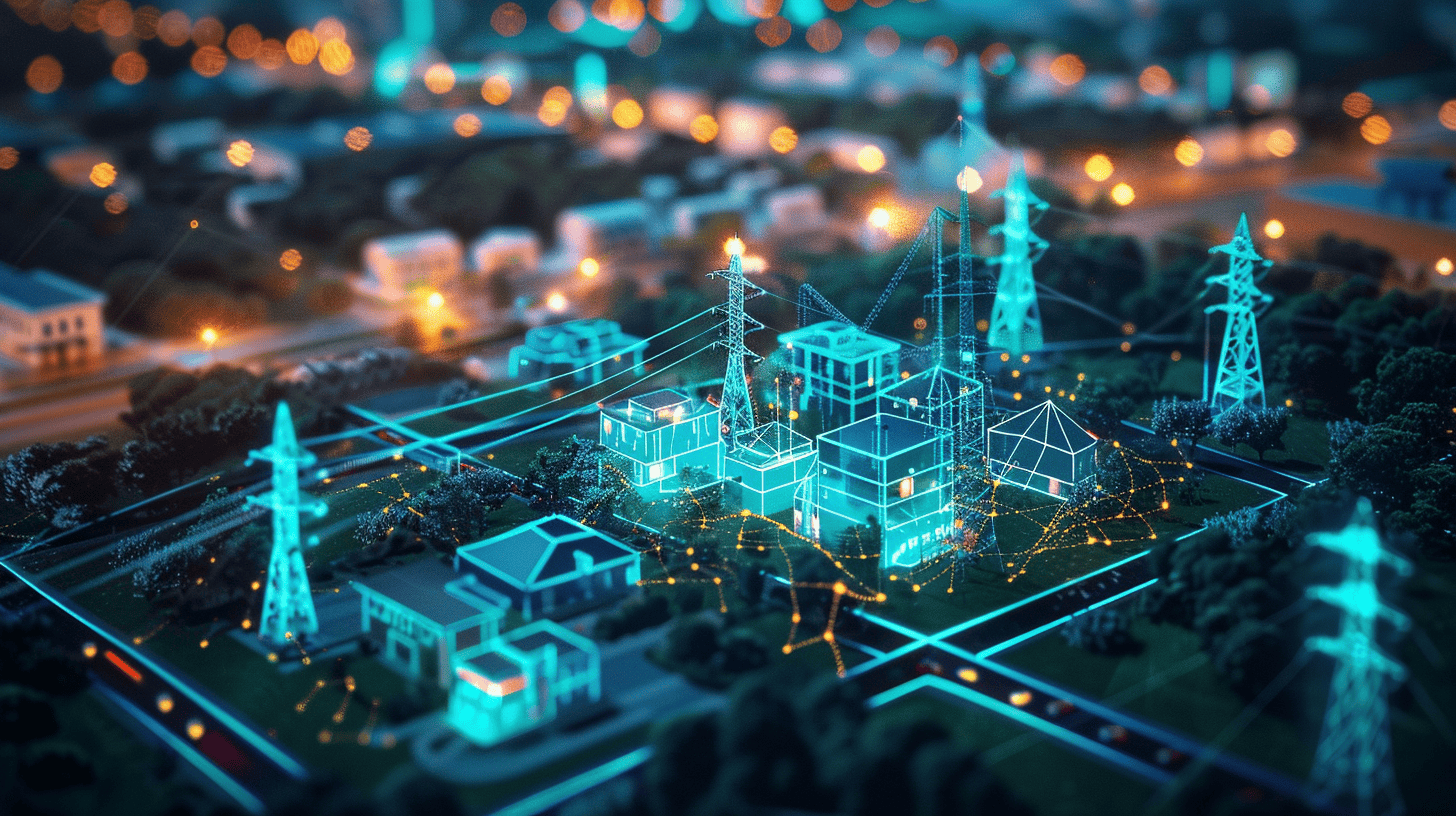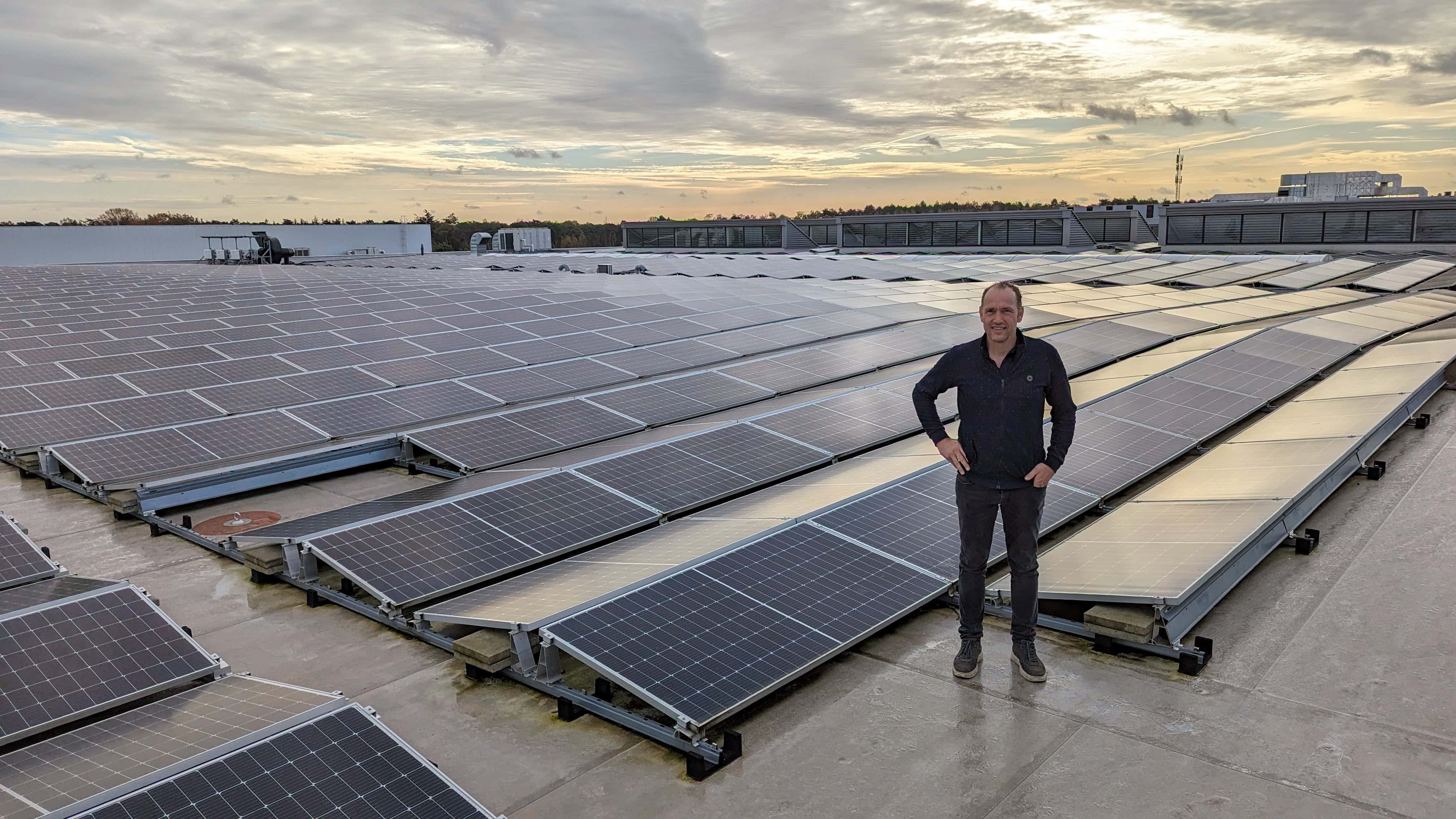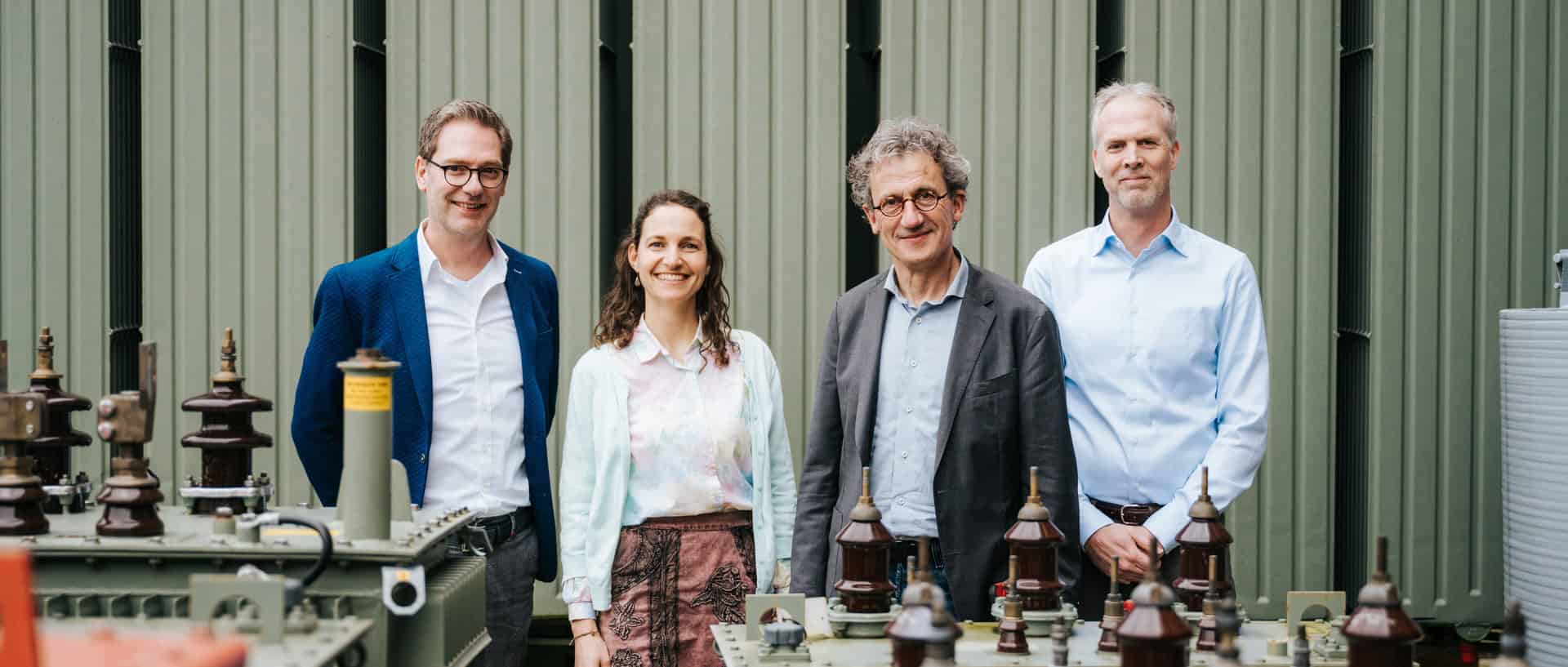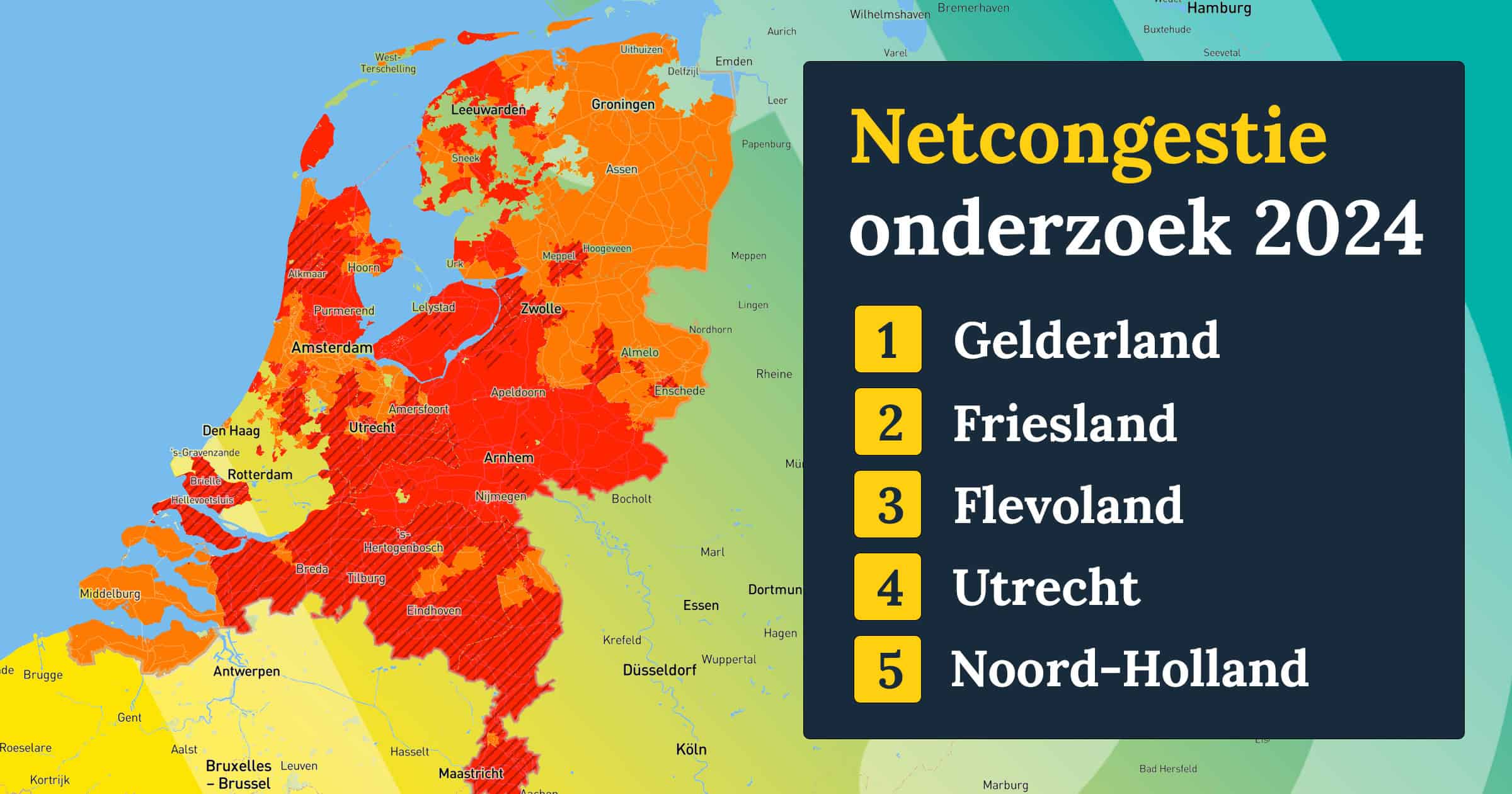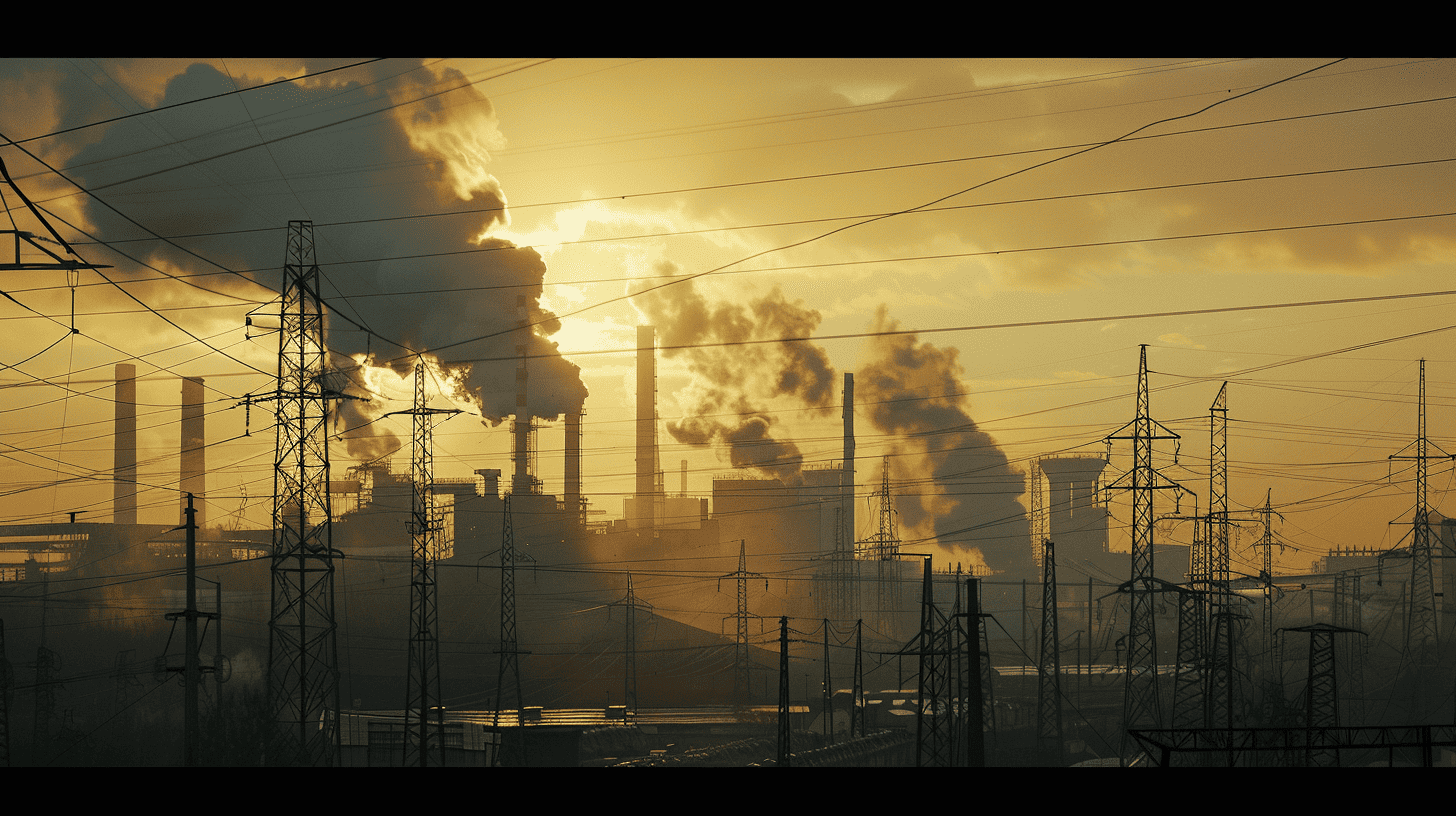
Companies in business parks in our country can save significantly on energy and thus also reduce their CO2 emissions substantially. The 184 petajoules (PJ) of natural gas consumed by the nearly four thousand business parks in the Netherlands can be reduced by more than 80% to 30 PJ. At the current electricity mix, the more than 18.5 megaton CO2 emissions can decrease to 13.6 Mton. This is according to calculations made by TNO at the request of the Ministry of Economic Affairs.
Why is this important?
Many of the current limitations for economic growth are connected to grid congestion and emissions policy. With lower energy consumption, these challenges can be met more easily.
1 Petajoule is enough to supply about 18,500 household energy for a year. Within the study, the five large industrial clusters (Rotterdam-Moerdijk, Noorzeekanaalgebied, Noord-Nederland, Zeeland West-Brabant, and Chemelot) were left out of consideration because, for those areas, the possibilities are already sufficiently well known.
Indirect emissions
TNO notes that 8.7 megatonnes of CO2 can be saved directly by reducing natural gas consumption with current technologies. TNO expert Vincent Kamphuis: “You must distinguish between natural gas and electricity. Of the 10.4 megatons of natural gas, you can save 8.7, but electrification increases electricity consumption and thus indirect CO2 emissions. On balance, of those 8.7 megatons, that leaves 3.1 megatons. Still, that is a significant and necessary decrease. And if the electricity sector becomes more sustainable, the 8.7 megatons will come closer again.”
Companies can achieve the most energy savings by making the heat demand of their buildings and processes more sustainable. The potential savings on natural gas are 42 petajoules in buildings and 112 petajoules by adapting business processes. Together, that is a reduction of 154 PJ out of a total consumption of 184 PJ.
Increase in electricity consumption
For electricity, the figures are somewhat lower, at 7 PJ savings in buildings and 15 PJ on processes, a total of 22 PJ savings on 101 PJ of consumption. However, the electrification of heat processes costs an additional 69 PJ, resulting in a net increase in the electricity demand of 47 PJ, which is almost 50% of current electricity consumption in business parks. This increases the demand for renewable electricity generation, meaning additional connection capacity is needed to the power grid. Given the current grid congestion issues, this calls for grid expansions and optimal utilization of available grid capacity, for example, by better matching local production and consumption of electricity.
Heat pumps make the biggest contribution
TNO has calculated the savings potential of a large number of measures. This study chose techniques currently available on the market and can be applied to individual companies. The measures with the most significant potential for CO2 reduction are heat pumps for industrial processes (25% of the total potential), efficient drives for industrial processes (16%), roof insulation (11%), and heat pumps for building heating (10%). Direct electrification and electric boilers for high-temperature industrial processes contribute substantially with a sustainable electricity mix.
Efficient use of space
The potential savings can be achieved in a relatively small area. Business parks emit about the same amount of CO2 as the built environment but occupy 2 percent of the total land area, compared to 7.2 percent of residential space. By focusing on making businesses more sustainable and also using space more efficiently, the potential can be even better utilized. Using the same area more intensively creates space for collective solutions such as batteries.




